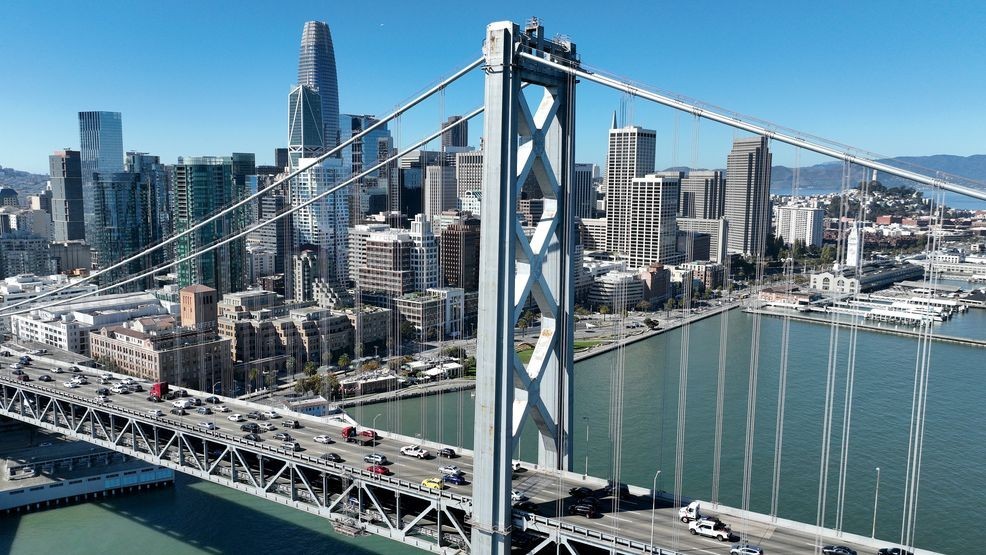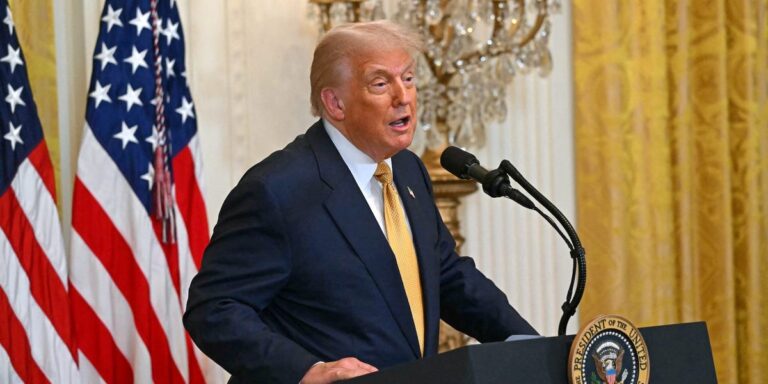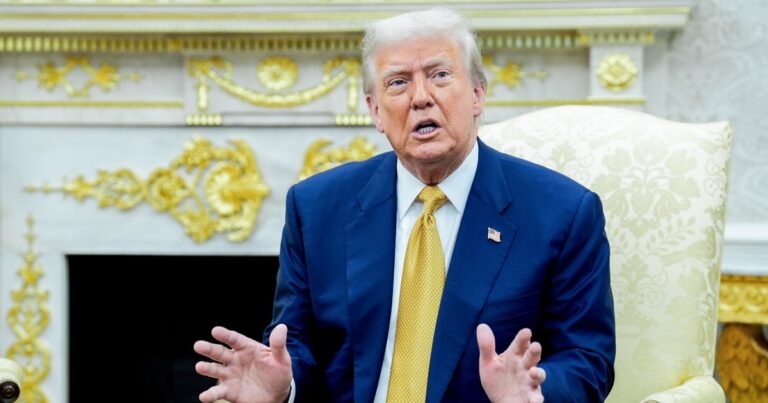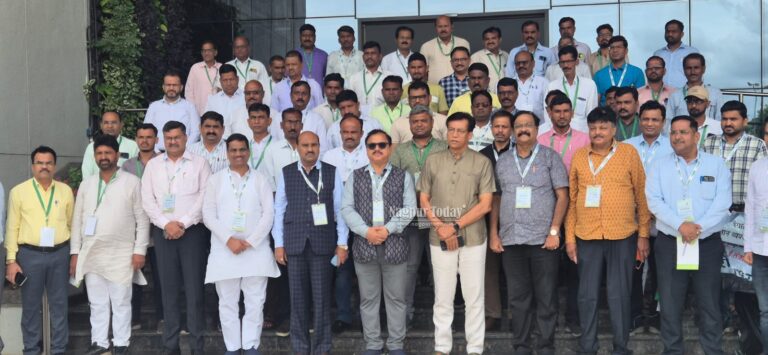
(TNND) — Brookings researchers have mapped which American cities are shining and which are struggling in the race to embrace artificial intelligence.
They used over a dozen metrics to benchmark AI economies across the country, weighing talent, innovation and adoption.
From the Bay Area “Superstars” to the “Nascent Adopters” in places like Tucson, Tulsa and Tuscaloosa, they said AI adoption might prove critical to how communities compete in the coming decades.
“All of this is important, because if this is, in fact, the transformative technology we’re talking about, it’s important who has it,” said Mark Muro, a senior fellow at Brookings Metro. “What economies is it improving? What people, firms and places are benefiting?”
AI activity remains highly concentrated, said Muro, who led the analysis with Brookings Senior Research Assistant Shriya Methkupally.
The Bay Area alone accounts for 13% of all AI-related job postings, they said.
To fully harness the power of AI, cities across the U.S. need to be involved, Muro said.
AI shouldn’t be felt as a distant industry for Americans, regardless of where they live.
And Muro said the U.S., already the AI leader, will be more vulnerable to competition and miss out on contributions from talented people if development remains constrained to a handful of expensive, coastal cities.
Muro and Methkupally put nearly 200 metro areas into one of six buckets: “Superstars,” “Star Hubs,” “Emerging Centers,” “Focused Movers,” “Nascent Adopters,” and “Others.”
San Francisco and San Jose were alone in the “Superstars” bucket with their unmatched strength across all AI success pillars, Muro said.
“Star Hubs” is a group of 28 metro areas with strong AI ecosystems, top-tier talent, research and enterprise uptake, according to the researchers.
That group includes big cities from coast to coast: New York, Boston, Los Angeles, Washington, Chicago, Atlanta, Seattle and Dallas, among others.
“Emerging Centers” includes 14 metro areas that might need work in one of the three pillars of AI readiness.
St. Louis, Detroit, Pittsburgh and Tampa are included there.
There are 29 more metro areas in the “Focused Movers” bucket. Those places – including Cincinnati, Las Vegas, Charleston and El Paso – excel in one AI pillar.
Then, there’s the group of 79 metro areas listed as “Nascent Adopters” that are showing moderate performance across all three pillars.
Finally, there’s the “Others” group, which lags on multiple pillars.
Muro said they found that cities really benefit from having a technically oriented university to drive the talent pipeline and research.
But an area without a university like that isn’t doomed, he said.
“There are places that are thin or maybe just have a community college but are able to bootstrap that into what is important, (which) is a pool of talent and relations with the private sector,” Muro said.
He said local leaders need to be proactive about AI innovation.
“Simply letting it rip,” meaning taking a hands-off approach, will just reinforce the geographic concentration we’re already seeing, Muro said.
Muro said he doesn’t want to take away from the regions that are already leading in AI innovation.
But he wants to see more places contributing.
“And that’ll be good for the United States, and that’ll be good for communities,” he said.
But are there risks to a community embracing AI?
“Engagement with AI, with the potential upsides in productivity that that brings, commits you to a degree of dislocation,” Muro said. “The places that have it will see more, in a significant way, will see more change in their labor markets.”
So, he said, community leaders who are serious about embracing AI should also be serious about supporting workers through a time of transition and possible joblessness.
“It raises the question about what is the skilling and upskilling framework in a place,” he said.
Muro said the AI revolution is coming, though he thinks it will take some time.
“It would be a real shame if we have another round of this rich getting richer on productivity and more places, most places, falling behind,” he said.





